A few months ago, my friend Alex, a fitness coach, called me in a panic.
“Why is my website not showing up on Google?!” he asked. He’d poured countless hours into building his online presence, offering workout plans, healthy recipes, and motivational content. But when I searched for his site, it was buried on page three of the search results — a digital no-man’s-land.
Curious, I took a closer look at his site. It wasn’t terrible, but it was riddled with classic SEO mistakes. His title tags were generic (think “Welcome to My Website”), his pages were full of uncompressed images slowing down load times, and his blog posts didn’t even include meta descriptions. Worst of all, there were broken links scattered across his site.
As I explained to Alex, having a website that looks good is only half the battle. If your site isn’t optimized for search engines, you’re essentially invisible. And in today’s online world, visibility is everything.
Over the next few weeks, we overhauled Alex’s SEO strategy: rewriting title tags with relevant keywords like “personalized fitness plans” and “home workouts,” compressing images to boost site speed, and implementing an internal linking strategy to guide users (and Google crawlers) through his content. Slowly but surely, his website climbed the search rankings, landing on page one for some key search terms.
This experience reminded me how easy it is to overlook SEO, even for passionate, hardworking entrepreneurs. That’s why I’m sharing the top SEO mistakes you should avoid on your website — and how to fix them. Whether you’re just starting out or looking to improve your rankings, avoiding these pitfalls can make all the difference in your site’s success.
Let’s dive in and make sure your website doesn’t end up like Alex’s was: lost in the depths of Google’s search results.
Top SEO Mistakes You Should Avoid on Your Website
1. Neglecting Keyword Research
Every successful SEO strategy starts with solid keyword research. Yet, many website owners either skip this step or rely on gut feeling instead of data. Choosing the wrong keywords can mean targeting phrases no one is searching for or competing with giants in your niche.
What to do instead: Use tools like Google Keyword Planner, Ahrefs, or Wincher to find long-tail keywords with a balance of search volume and low competition. Focus on phrases that your audience is actively searching for.
Example below is what tool I use. And this is not a sponsored post.
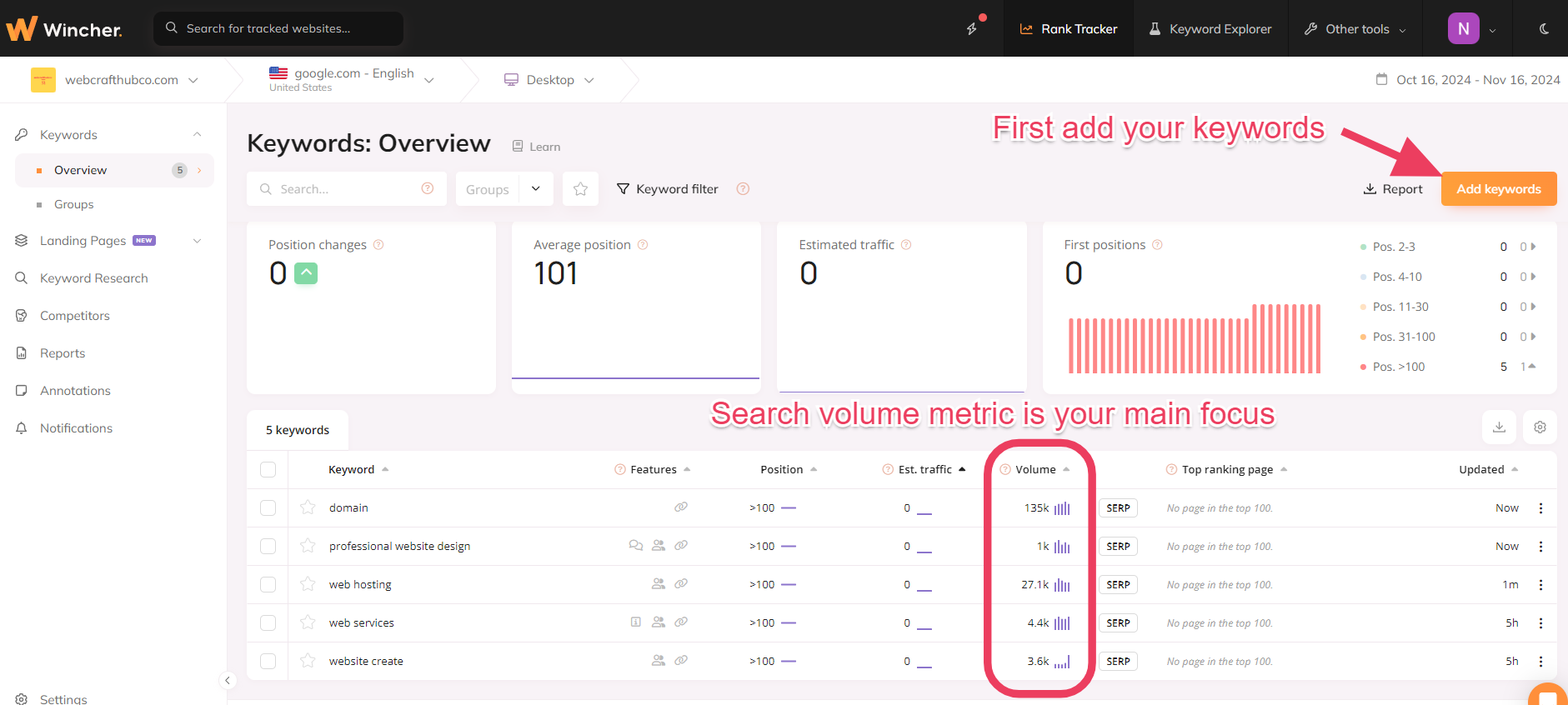
Wincher is a simple SEO tool that lets you track keyword rankings and monitor your website’s performance. It provides insights to help improve your search visibility and refine your SEO strategy.
2. Ignoring Mobile Optimization
Over 60% of internet traffic now comes from mobile devices. If your website isn’t mobile-friendly, you’re not just hurting your SEO — you’re alienating a significant portion of your audience. Google’s mobile-first indexing means your site’s mobile experience directly affects your rankings.
What to do instead: Use responsive design to ensure your site adapts seamlessly to any screen size. Test your site on various devices using Google’s Lighthouse tool.
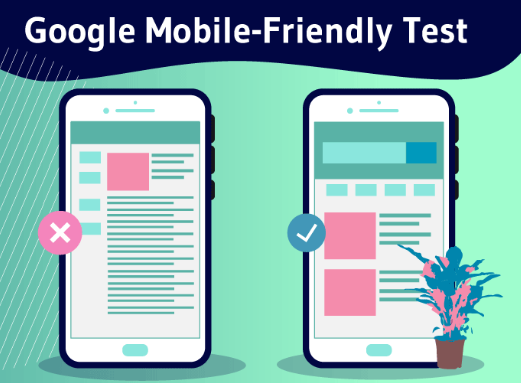
3. Forgetting About Meta Tags and Meta Data
Skipping meta titles and descriptions is one of the simplest yet most common SEO mistakes. These snippets don’t just help search engines understand your content; they also convince users to click on your link in search results.
What to do instead: Write compelling meta titles and descriptions for every page. Include your primary keyword naturally and use actionable language like “Learn how to…” or “Discover tips for…”.
Metadata—your page titles, meta descriptions, and alt tags—is one of the most overlooked aspects of SEO. Ignoring this step can leave your site less appealing to search engines and users alike.
- Pro Tip: Write compelling meta descriptions with your keyphrase and keep them under 160 characters.
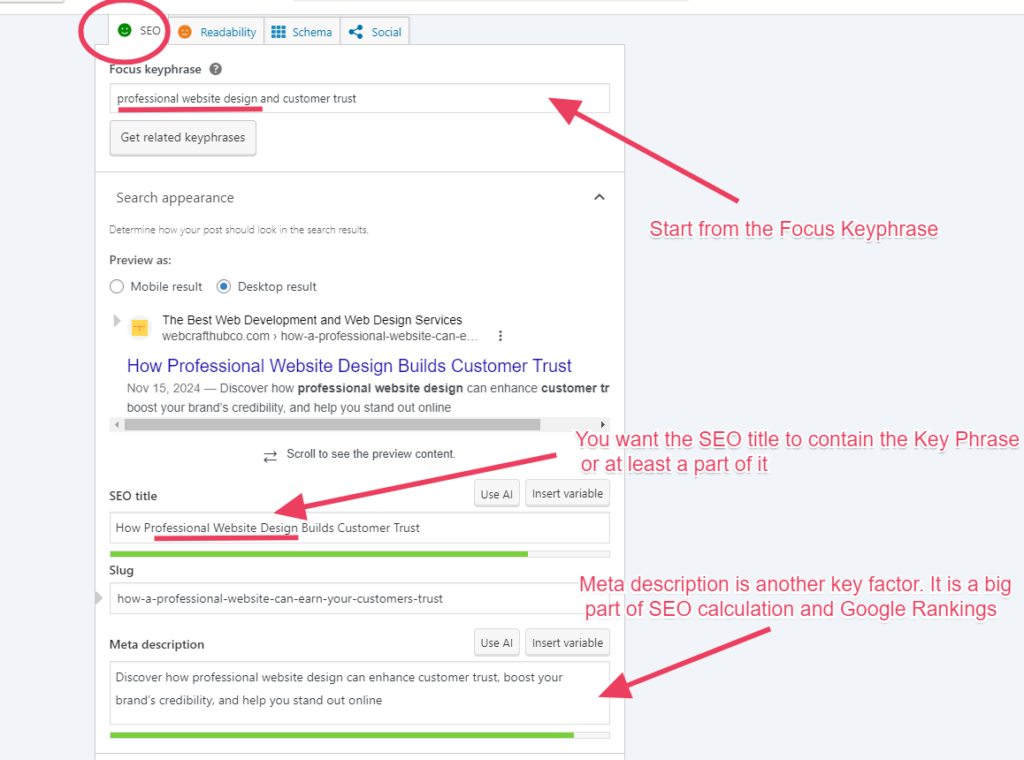
4. Poor Page Speed
If your website takes forever to load, you’re not just losing visitors—you’re losing rankings. Page speed is a critical factor in Google’s algorithm, and a slow site can hurt your user experience. First however, I would suggest you check the speed of each page on desktop and on mobile devices via the Google Site kit. There are alternatives to this, but this plugin is developed by Google and it is very powerful. It combines with other tools, like Google Analytics and Ad Sense.
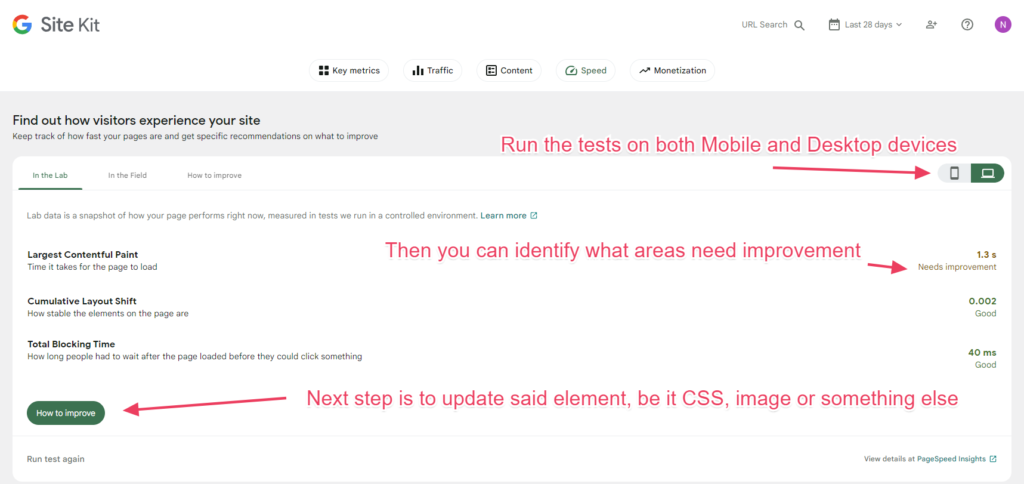
- Fix It: Optimize your images, enable browser caching, and consider a Content Delivery Network (CDN) to improve load times.
You Can do this depending on your skill level with plugins or the tools at your disposal. For example you can use Hostinger CDN cache as I do. This way my website gets free cache even without me adding extra plugins on the backend.
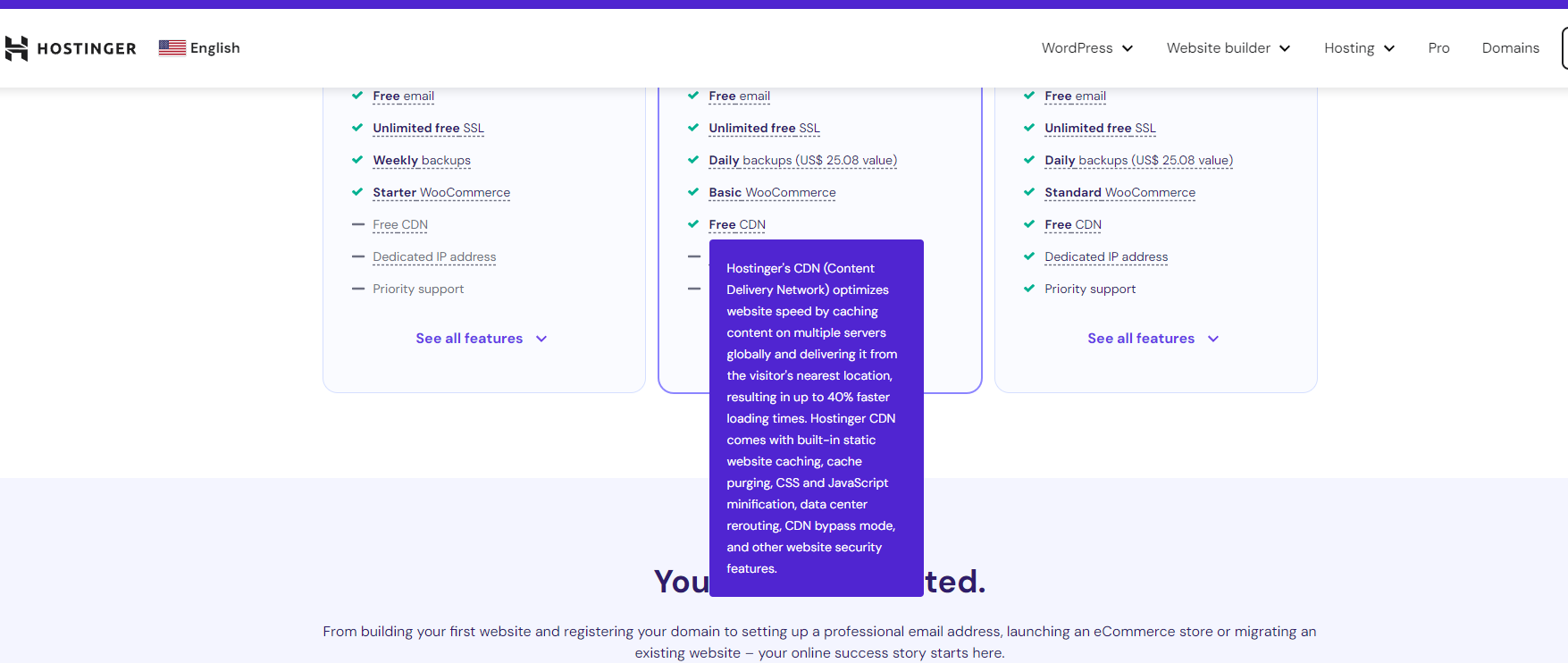
Wrapping It Up
SEO doesn’t have to be a guessing game. By avoiding these common mistakes—like neglecting mobile optimization, keyword stuffing, and ignoring metadata—you’ll be well on your way to climbing the search engine ranks.
Remember, Lisa transformed her website’s performance by addressing these simple yet impactful mistakes. You can too!
Start by auditing your website today and see how small changes can lead to big results.
